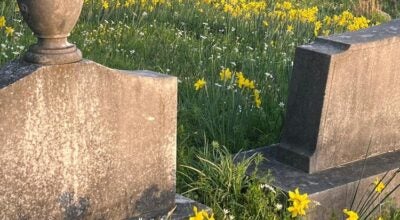Challenger still inspires more than 30 years later
Published 7:00 am Tuesday, January 30, 2018
Exactly 32 years ago on Sunday, I like the rest of the nation was glued to the television screen in the middle of the day.
You may be wondering why I was watching television instead of doing class work, since I would have been about 9- or 10-years-old at the time. It wasn’t often that students got to watch a live broadcast during school hours.
That was reserved for only special events, such as the launch of a space shuttle that would carry a civilian, and teacher.
Hence why we were watching television instead of doing schoolwork.
The interesting aspect of this mission was the teacher on board. That’s because nearly every NASA mission is staffed with trained personnel hand picked by the government agency, which are typically pilots or enlisted personnel.
Even with the inherent dangers of space travel, the space shuttle program at that point had a relatively perfect safety record.
But just more than 70 seconds into the launch, the shuttle exploded, and grounded the program for more than two years. In 2003, another tragedy with Columbia would also suspend the program for about two years.
When we think of our nation’s space program, we typically remember only a handful of missions, Apollo 13, Challenger and Columbia.
But we don’t think about all of the work that went into making all of the other missions a success. Take testing the engines for example.
Did you hear the rumble on the 19th of this month when Stennis Space Center tested the modified version of the Space Shuttle engine? I’ve heard tales from locals in the area about the sounds emitted during the Apollo era. But since I missed that time in history, that Friday afternoon was the first time I heard such a sound.
It’s exciting to think our country will one day launch people into orbit once again, though with a new vehicle.
And what’s most interesting is that most if not all of those engines will be tested here in South Mississippi.





